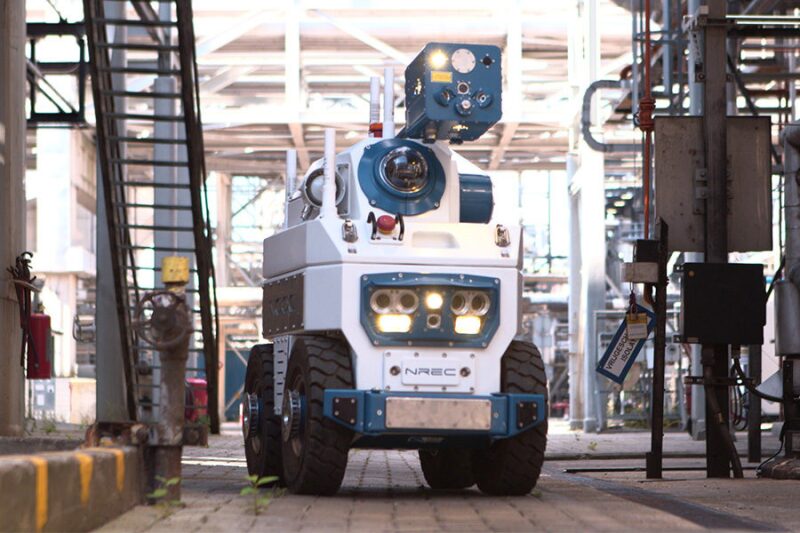Robots have the potential to move human operators away from uncomfortable, potentially risky environments and into comfortable, safe control rooms. Remotely operated vehicles have already achieved this for subsea fields; however, before this approach can be extended to surface facilities, the robots must be reliable and safe in potentially explosive environments. The Sensabot robot has addressed these challenges and could be the foundation on which future generations of robots are built.
Introduction
In 2010, a technology plan was prepared that focused on the specific challenges facing projects in the Kashagan Field in Kazakhstan:
- Climatic temperatures typically ranging from –25°C to +35°C
- High hydrogen sulfide concentrations in produced gas
- Raw-gas-injection pressures as high as 690 bara
- Ice-bound unmanned artificial islands in the winter
These challenges require operators to wear breathing apparatuses and cumbersome insulated clothing in winter that hampers their movement. In summer, the breathing apparatus creates the risk of heat exhaustion.
One contribution to the technology plan was the concept of remotely operated robots.


